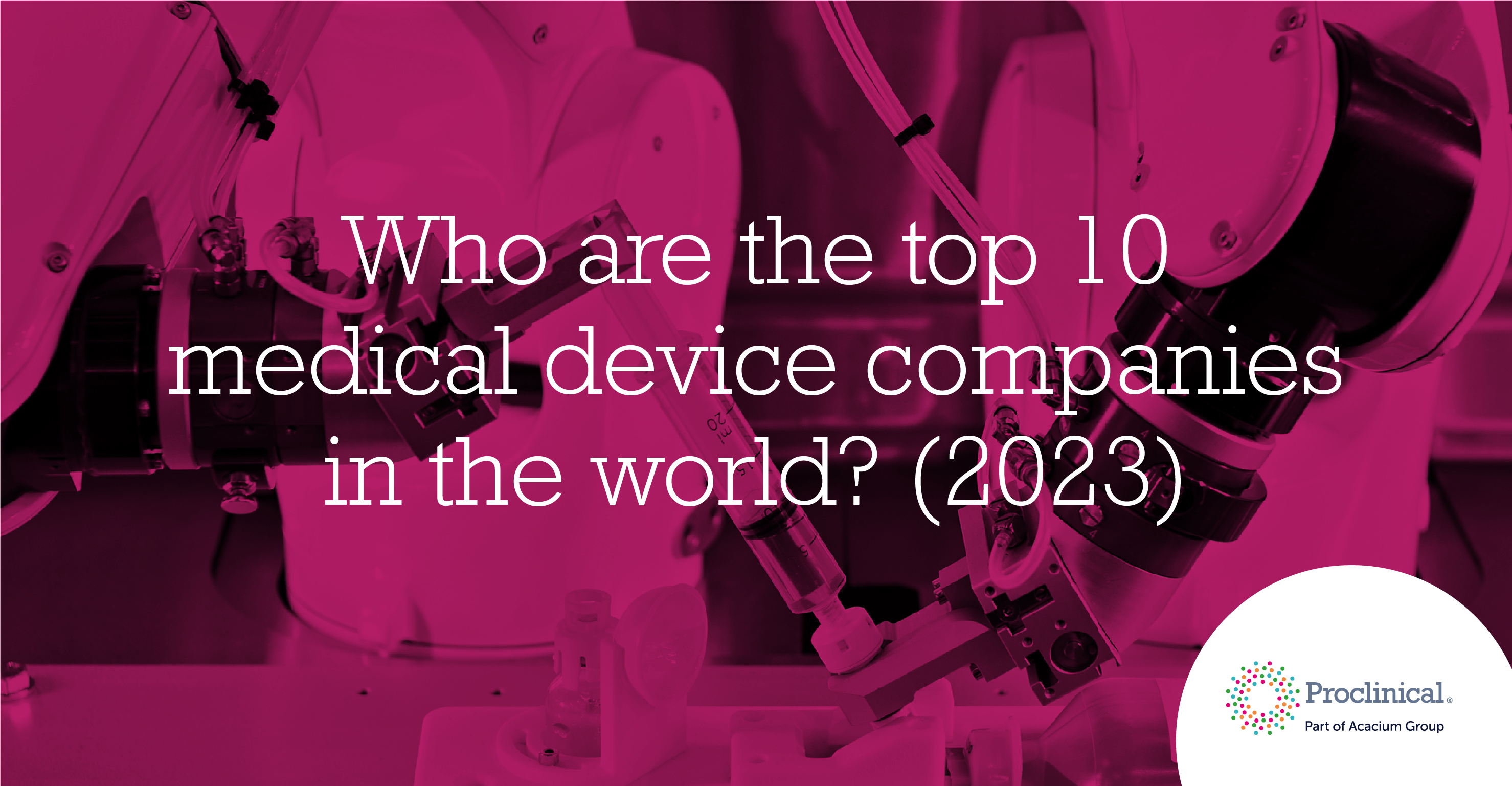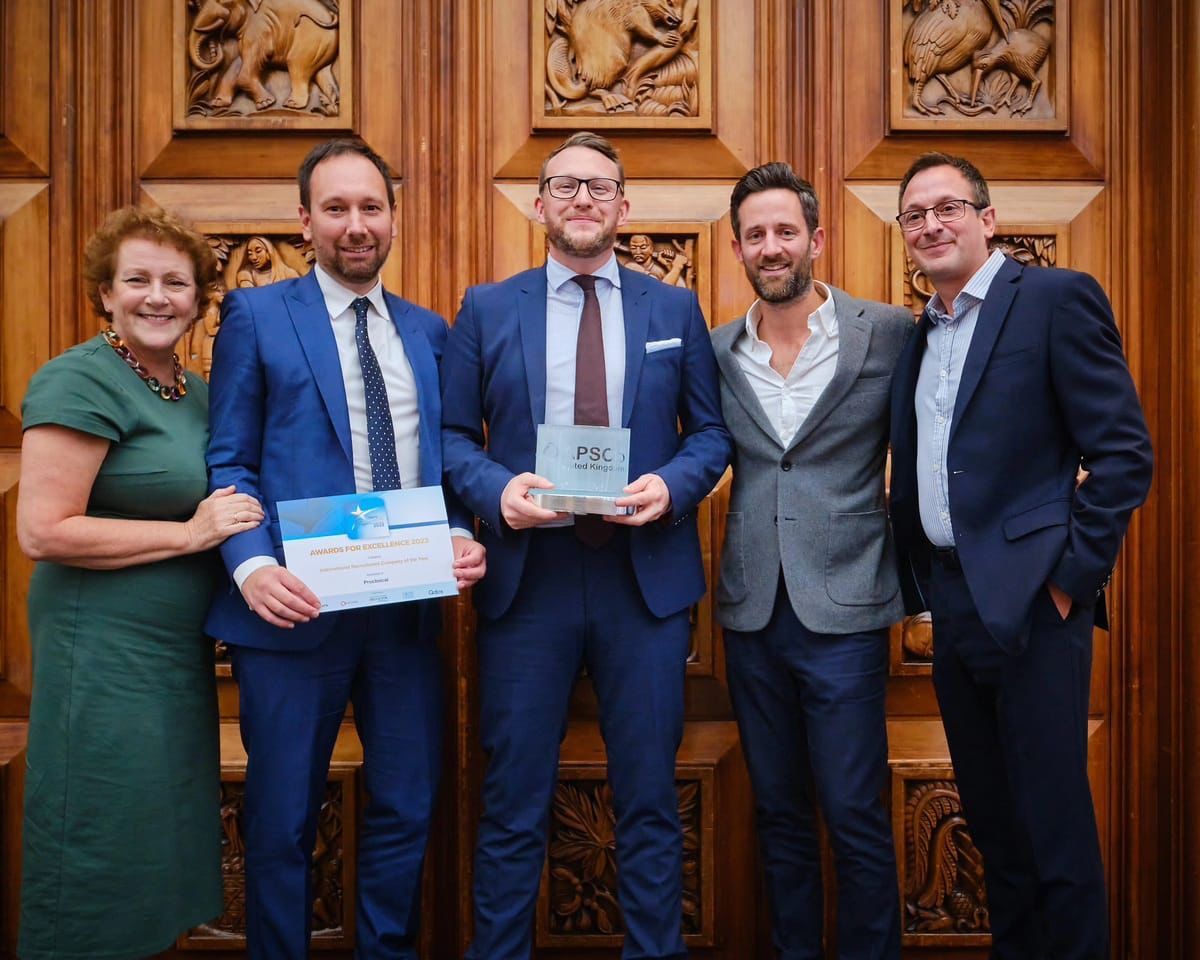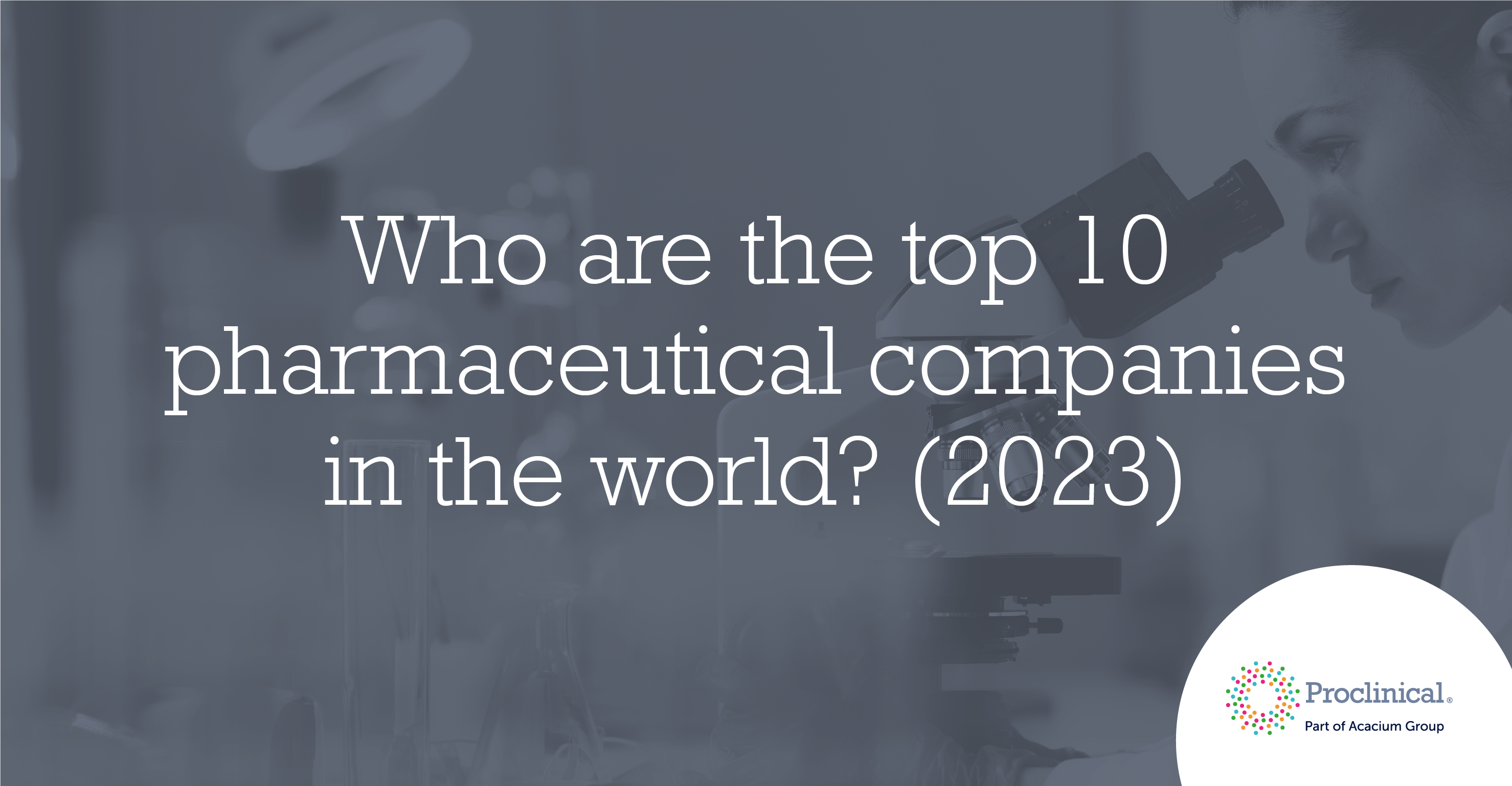
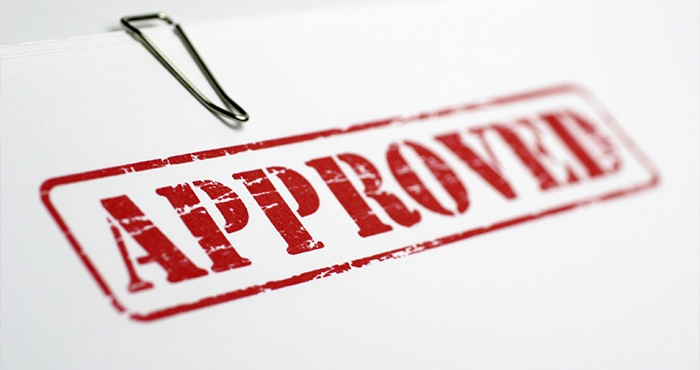
Every pharmaceutical company's goal is to get its drugs to market, and if you work in pharmaceutical regulatory affairs, achieving marketing authorisation for your medicinal product is often the most satisfying aspect of your job. Here’s what you need to know about the marketing authorisation application process (and the technical jargon) for regulatory affairs in the pharmaceutical industry.
Marketing authorisation is essentially a licence to place a medicinal product on the market to be used by patients. All pharmaceutical companies legally require marketing authorisation for every product that they wish to sell and can obtain marketing authorisation only once an application has been submitted and approved. Anyone wishing to enter a career in regulatory affairs or involved in the drug development process should be familiar with how marketing authorisation is achieved.
To make a marketing authorisation application (MAA), the regulatory team must submit a comprehensive dossier called a common technical document (CTD) to the appropriate competent authority(s) (CAs) for assessment and approval. Filings for new products are relatively uncommon, and more than half of our pharmaceutical regulatory affairs jobs are for variations or line extensions of existing marketed products, which each require an individual marketing authorisation application.
In Europe, most innovator products will be submitted in the form of centralised applications, which will go to the European Medicines Agency (EMA). Authorisation from the EMA means that the products can be sold in all European member states. Decentralised submissions to individual CAs, for example the MHRA in the UK, are less expensive but will enable the drug to be sold only in that country. This type of submission is commonly used by companies producing generic drugs.
Information and data gained at every stage of the drug development lifecycle are included in the CTD because it is required to demonstrate a drug’s quality, safety and efficacy.
The CTD document consists of five fixed modules to which all documents and data should be assigned.
- Module 1 will contain regional admin information that is usually the work produced by people in regulatory affairs associate positions. This includes the cover letter, application form and detailed product information such as summary of product characteristics (SmPC), manufacturing licences, proof of payment of fees, letters of access, labelling information, environmental risk assessment, pharmacovigilance system description and risk management plan. This work is often produced away from the companies head office at a local or affiliate office sites (LOC).
- Module 2 presents summary information for the quality, non-clinical and clinical modules with expert review of the information and data in the context of the MAA and regulatory framework.
- Module 3 is the quality module that presents how the product is made and includes all the information regarding drug substance and drug product development, usually referred to as chemical manufacturing and control (CMC). Most submissions for product variations are due to changes at this level. Many regulatory CMC jobs require continuous development and submissions of line extensions well after an innovator product has gone to market.
- Module 4 is the non-clinical module that includes all the non-clinical study reports and literature addressing the complete battery of non-clinical testing required for the medicinal product and application type.
- Module 5 is the clinical module that demonstrates the efficacy of the product and includes all the clinical study reports and literature addressing the clinical requirements for the medicinal product and application type.
Previously, CTDs would consist of mountains of paperwork that were delivered in lorries to the CA, but today it is standard practice for pharmaceutical companies in most countries to deliver submissions electronically. Once the CTD has been compiled and is ready for submission, it is usually formatted with file naming conventions and hyperlinks and submitted electronically by the eCTD team.
Centralised marketing authorisation applications to the EMA for human medicines cost over €278,000 so it is vital that submissions meet strict guidelines and contain all required information to prevent them from being rejected and requiring resubmission. Achieving marketing authorisation in a timely manner is crucial for pharmaceutical companies because every day that goes by is a step closer to the product’s patent expiration date.
Achieving marketing authorisation for a new product can be one of the most satisfying things about working in a pharmaceutical company because it is the final stage in a long development process and means that the product can finally be sold and used to treat patients.

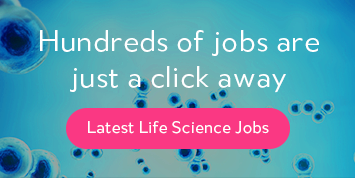
.png)

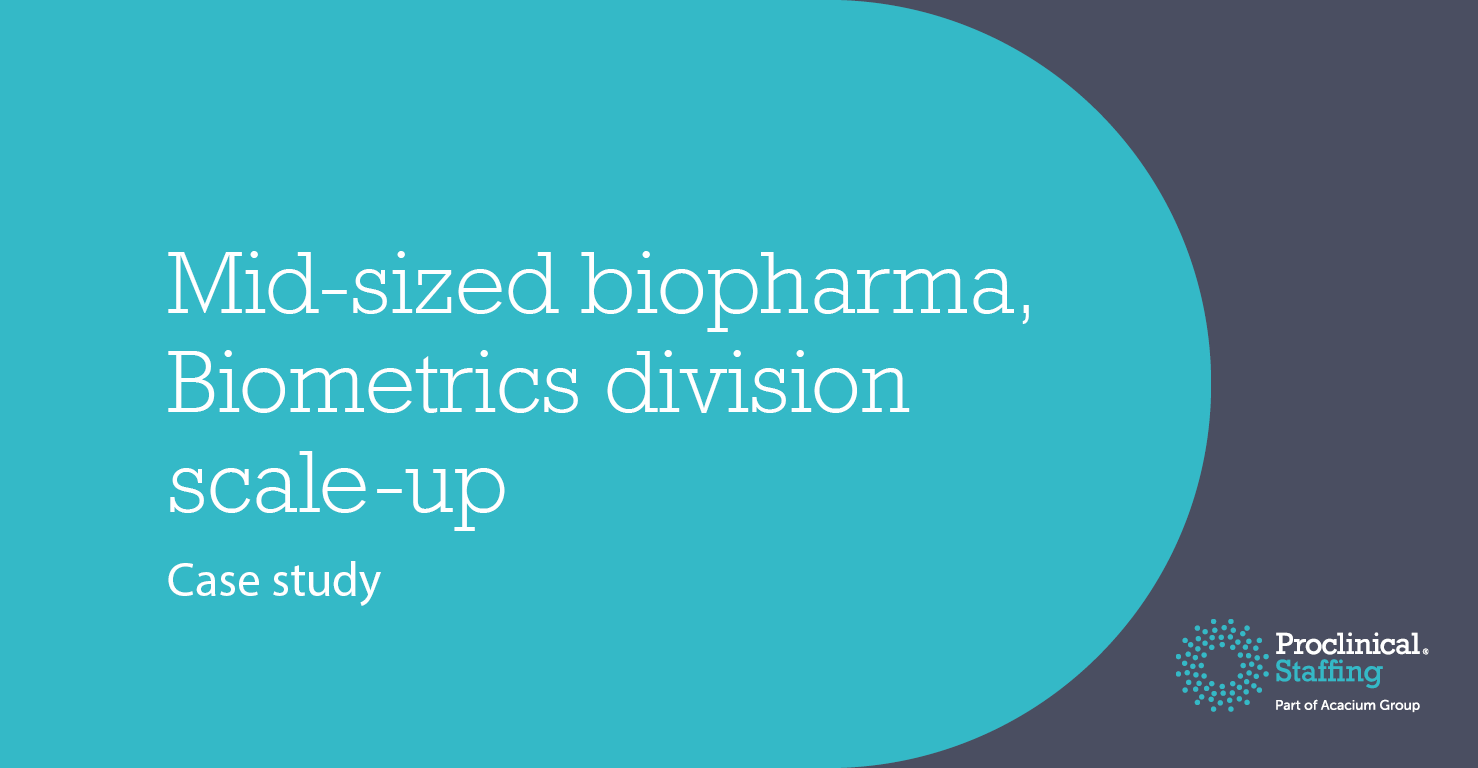



.png)


